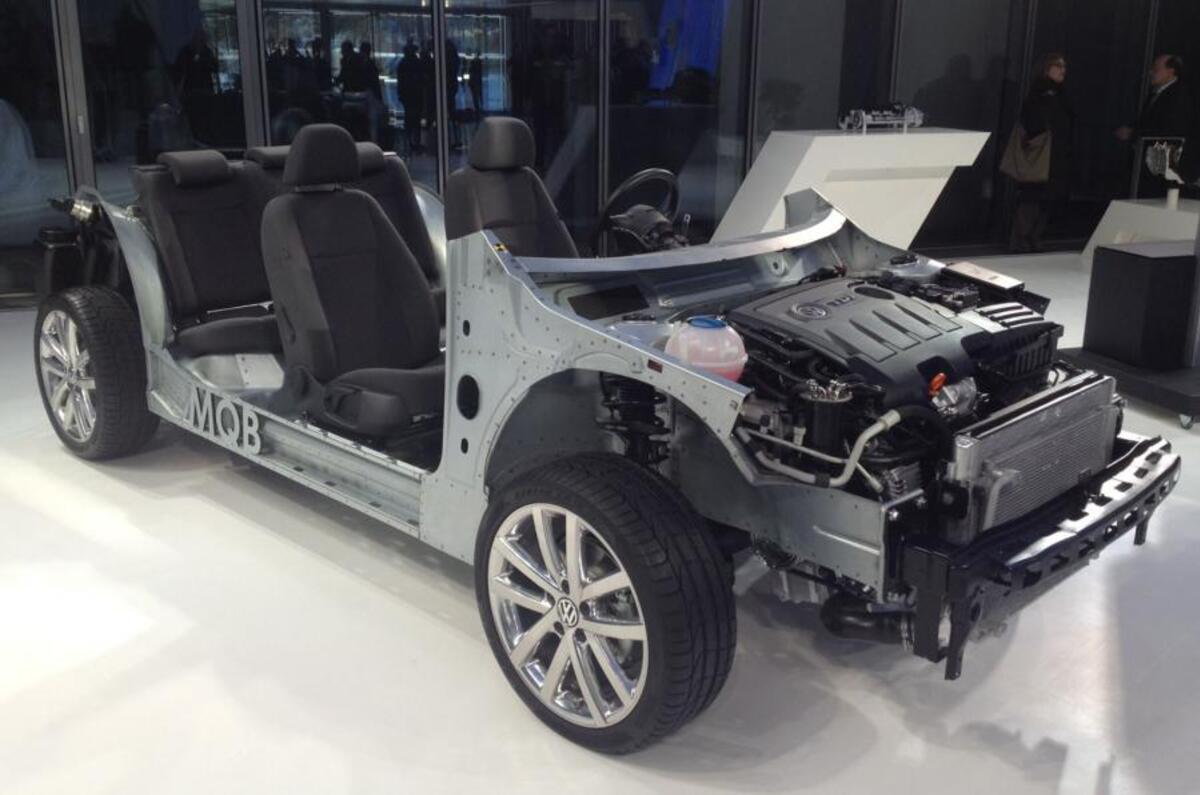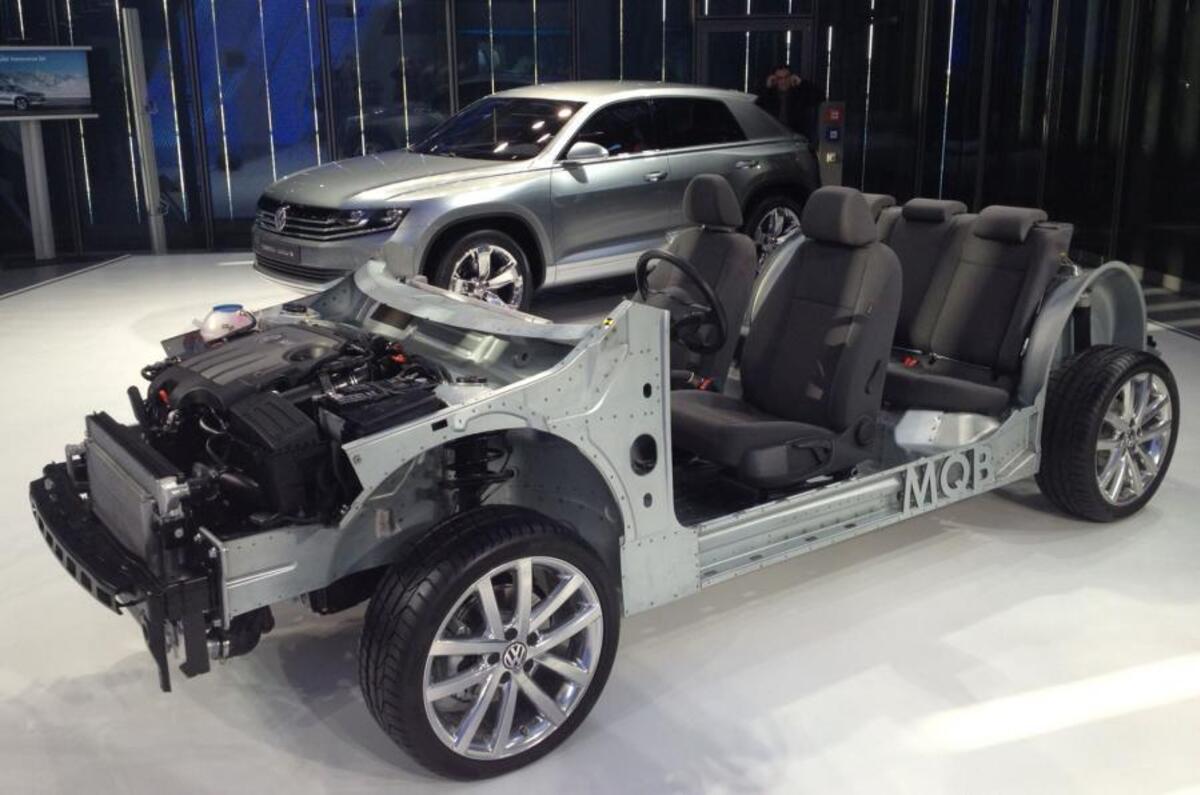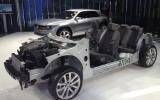Is anybody old enough to remember the phrase ‘light-off’? That’s nothing to do with the clocks going back, but it became a much-used line in the car industry a couple of decades ago.
‘Fast light-off’ referred to the amount of time it took for a then-new catalytic convertor to warm up sufficiently to clean up the pollution emitted by an engine, particularly when the engine was still cold.
The problem was that catalysts had to be reverse-engineered into existing cars and that wasn’t always easy. The first cats were simply fitted into the exhaust system, because there was usually some wriggle room in a car’s centre tunnel to house what looked like a big silencer box.
That was not the ideal position for the cat, which needs to warm up quickly. The best place for it was up near the engine manifold. But such a major bit of re-engineering and packaging usually has to wait until a car maker can incorporate the changes when a new generation of engine arrives. And that’s something that can take years.
The introduction of the first serious pollution laws in the European Union in the early 1990s meant catalysts had to be fitted to all petrol cars. Because most mass-market cars also still used carburettors, it meant a wholesale switch to fuel injection.
Some cars were sold that tried to combine carbs and cats. I remember driving a Citroën ZX which had this hopeless combination; the carb had to be set to run lean, but that meant starting when the engine was warm was nearly impossible.
That ZX was an lesson in the difficulty of keeping up with legislation when platforms and engines can have design lives of a decade or more.
The same issue arose later with Diesel Particulate Filters (DPFs). Introduced to meet new EU pollution regulations they had, like the cats, to be retro-engineered into the downstream part of the exhaust system.
However this caused no end of problems (especially in the UK’s stop-start conditions). This was because the DPFs would fill with up with soot, but the downstream exhaust - when used in city traffic - was not hot enough to re-burn the soot and release it. Only a blast on the motorway would clear the DPF out.








Join the debate
Add your comment
AdBlue Tank - Golf 5
Surely plenty of other
The pollution limits keep